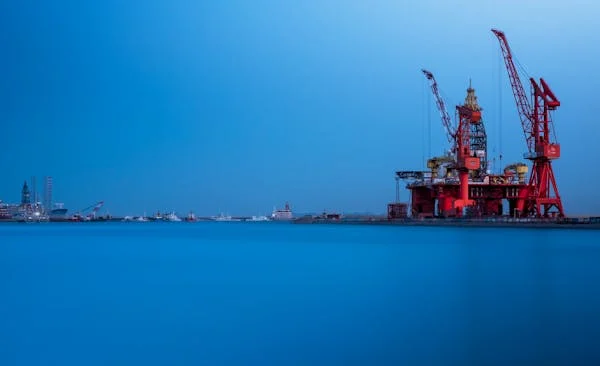Shipping from Guangzhou/Shenzhen to Curitiba Port, Brazil: A Comprehensive Guide for FCL and LCL Transport
Shipping Methods
- FCL (Full Container Load):
- Definition: FCL refers to when you book an entire container for your shipment, either a 20-foot or 40-foot container, depending on the volume of your cargo. This service is ideal for larger shipments.
- Transit Time: Typically, it takes around 34 days for sea freight from Guangzhou or Shenzhen to Curitiba Port.
- CIF (Cost, Insurance, and Freight): When choosing a CIF service, the seller is responsible for the cost, insurance, and freight charges until the goods reach the port of Curitiba. The buyer is responsible for import customs clearance and delivery after the goods arrive at the port.
- LCL (Less than Container Load):
- Definition: LCL shipping is a more affordable option for smaller shipments that do not fill an entire container. Your cargo is consolidated with other shipments to save costs.
- Transit Time: The sea journey for LCL shipments also takes about 34 days from Guangzhou or Shenzhen to Curitiba Port.
- CIF Service: Just like FCL, if you choose the CIF option for LCL, the seller will manage the cost, insurance, and freight charges to Curitiba Port. The rest of the logistics falls on the buyer.

Packaging of Goods for Shipping
Proper packaging is essential for ensuring that your goods remain safe and intact during their journey. Here are some common types of packaging for both FCL and LCL shipments:
Wooden Pallets:
- Purpose: Goods are often packed onto wooden pallets for easier handling and stability during transit. This is particularly important for LCL shipments to avoid shifting during transit.
- Advantages: Pallets offer protection against damage and are easy to load/unload.
Corrugated Cartons:
- Purpose: Lightweight, durable corrugated cartons are commonly used to package smaller, non-fragile items. Cartons can be stacked to maximize space efficiency inside the container.
- Advantages: Cost-effective and space-saving. However, additional padding may be required for fragile items.
Shrink Wrap and Stretch Film:
- Purpose: Shrink wrapping is used to secure smaller items or bundles, ensuring they remain tightly packed and protected from dust, moisture, and movement during transportation.
- Advantages: Provides a secure and weather-resistant layer of protection for goods in both FCL and LCL shipments.
Wooden Crates:
- Purpose: Fragile or high-value items, such as electronics or machinery, are often packed in wooden crates to ensure maximum protection.
- Advantages: Strong and durable, ideal for heavy or fragile items that need extra protection.
Bubble Wrap and Foam:
- Purpose: For particularly fragile items, additional padding with bubble wrap or foam is essential to prevent breakage or scratches during the journey.
- Advantages: Lightweight and shock-absorbing, ideal for fragile and sensitive goods.

Port-to-Port Transport Process
- Departure from Guangzhou/Shenzhen: The first step in the sea transport process is booking space for your FCL or LCL shipment. Once the cargo is ready and packaged correctly, it is transported to the port, loaded onto the vessel, and set for a sea voyage.
- Arrival at Curitiba Port: Upon arrival in Brazil, the cargo is unloaded from the vessel and processed for customs clearance. If you have chosen CIF, this will include all port charges up until this point.
- Delivery to Destination: After customs clearance, your goods are either transported via truck, rail, or another form of delivery to their final destination in Brazil.



